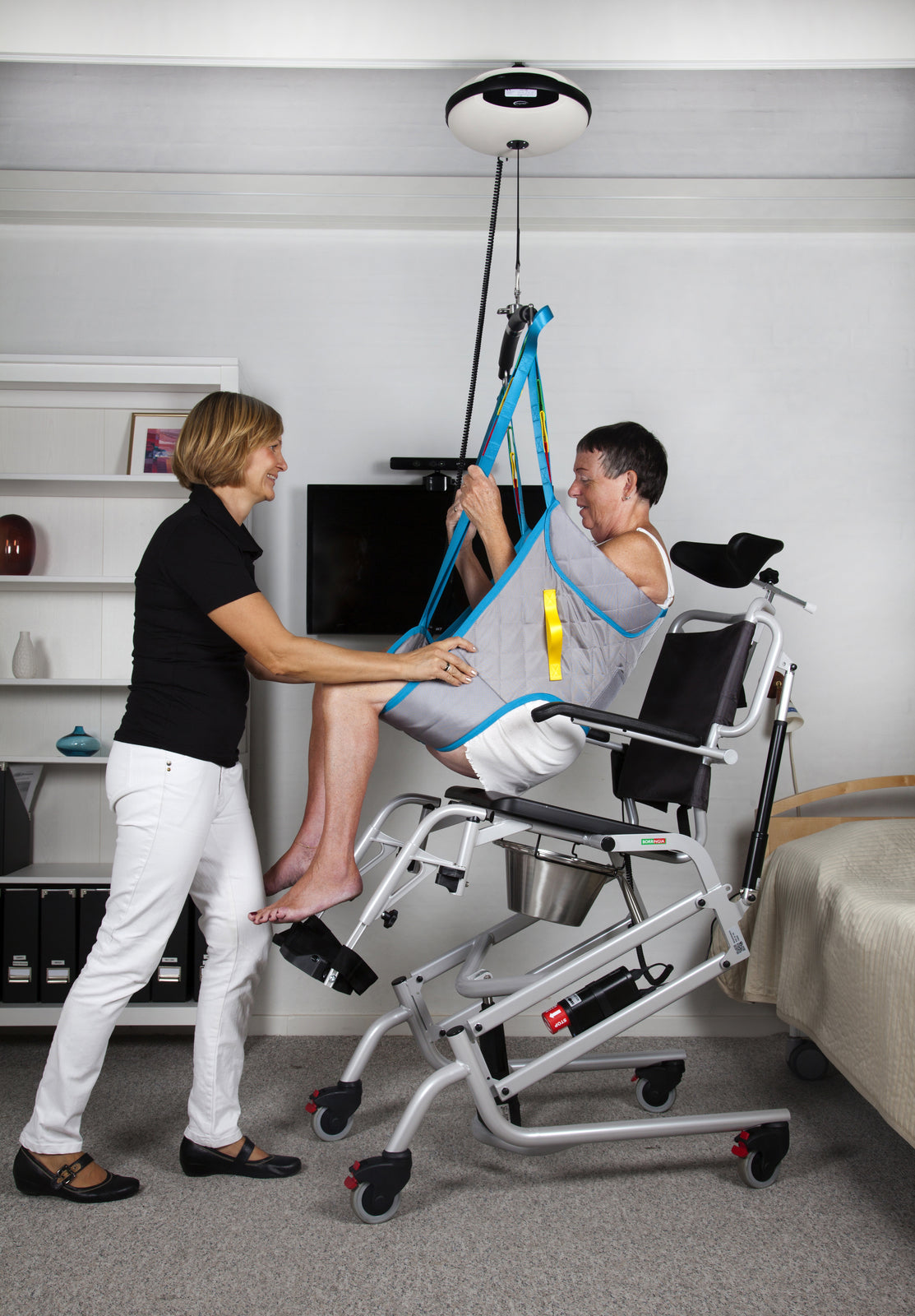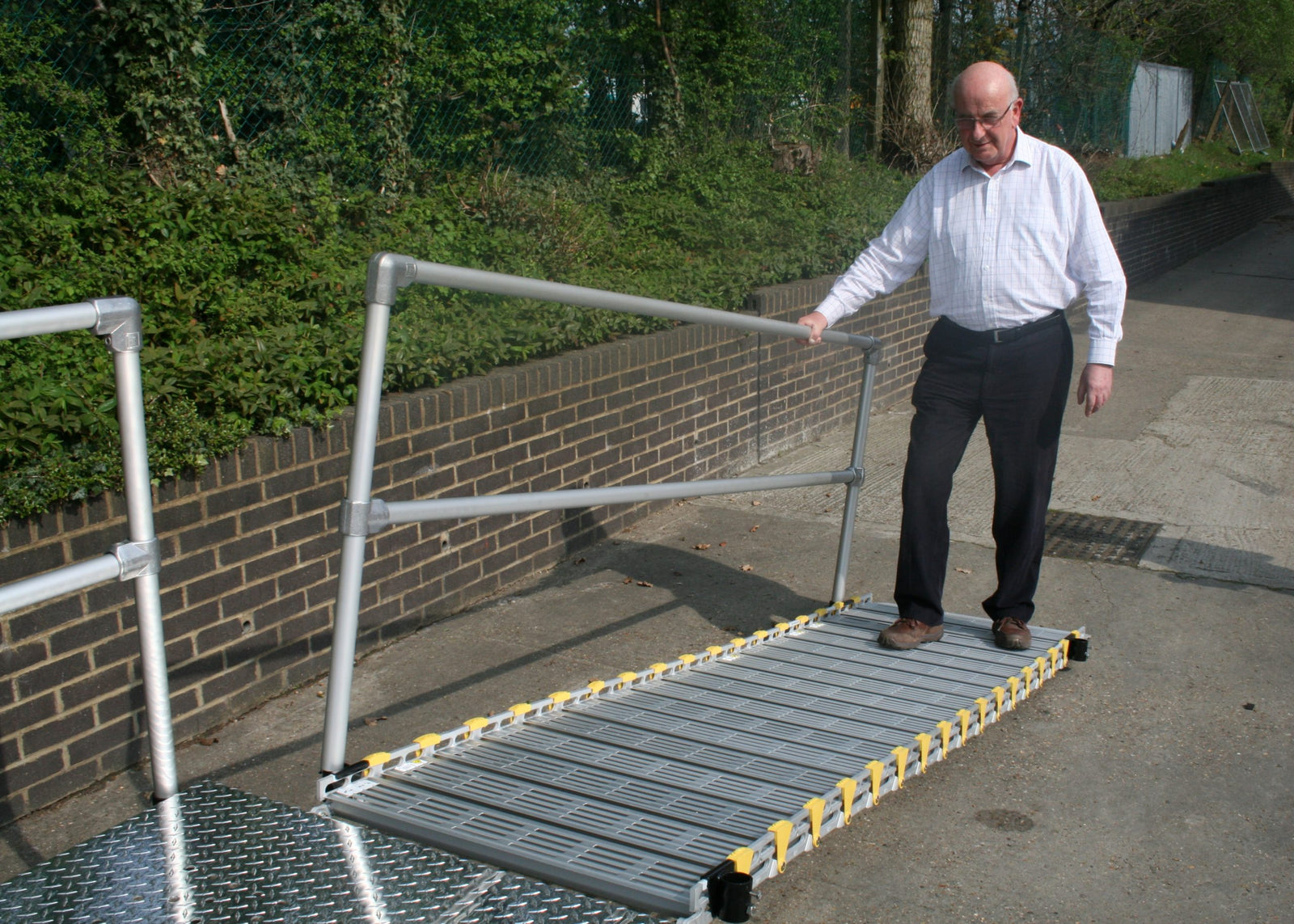Your Cart is Empty
Free shipping | Bulk Order Discounts | Best price guaranteed
Menu
-
- Home
- Shop By Category
- Moving + Handling
- Bathroom
-
Mobility Scooters
- Pavement Mobility Scooters
- Folding Mobility Scooters
- Lightweight Mobility Scooters
- 4mph Mobility Scooters
- 6-8mph Mobility Scooters
- Travel Mobility Scooters
- Lithium Mobility Scooters
- Car Boot Scooters
- Enclosed Mobility Scooters
- All Terrain Scooters
- 2 Person Scooters
- Mobility Scooter Storage
- Mobility Lifts and Hoists
- Mobility Scooter Canopies
- Seating
- Wheelchairs
- Rollators
- Beds + Mattresses
- Medical Equipment
- Powerchairs
- Health + Safety
- Help Centre
- Returns
- Price Guarantee
- Contact Us
-
- Speak With An Expert: 020 3576 3028
- Login

Free shipping | Bulk Order Discounts | Best price guaranteed
Add description, images, menus and links to your mega menu
A column with no settings can be used as a spacer
Link to your collections, sales and even external links
Add up to five columns
Add description, images, menus and links to your mega menu
A column with no settings can be used as a spacer
Link to your collections, sales and even external links
Add up to five columns

Do Ceiling Hoists Come Under LOLER? Understanding Regulations for Safe Use
October 17, 2024 6 min read
When considering equipment safety and regulations, understanding how certain machinery is classified can be crucial. Ceiling hoists, often used in healthcare settings, play an essential role in lifting patients safely. Ceiling hoists do come under the Lifting Operations and Lifting Equipment Regulations (LOLER), which means they require regular thorough examinations and inspections to ensure safety and compliance.

The purpose of LOLER is to reduce risks associated with lifting equipment at work. This includes not only the hoist itself but also any accessories that are part of the lifting system. Meeting these regulations is not only a legal obligation but also a crucial step in maintaining a safe environment for everyone involved.
To comply with LOLER, ensure your ceiling hoists are regularly tested and maintained by competent professionals. These examinations will help identify any potential issues before they become safety hazards.
Key Takeaways
- Ceiling hoists are covered by LOLER.
- Regular inspections ensure safety and compliance.
- Proper maintenance is crucial for operational safety.
Understanding LOLER and Its Application to Ceiling Hoists

When using ceiling hoists in workplaces, it's important to consider specific safety regulations. LOLER focuses on ensuring the safe operation and maintenance of lifting equipment, which includes ceiling hoists. This section will explore how these regulations apply to ceiling hoists and the related health and safety considerations.
Defining LOLER and its Scope
The Lifting Operations and Lifting Equipment Regulations 1998 (LOLER) apply to any business with lifting equipment. The Health and Safety Executive enforces these rules to ensure that equipment used for lifting is safe and properly maintained. LOLER requires that lifting operations are planned and supervised by competent individuals to prevent accidents and injuries.
Ceiling hoists, like other lifting machinery, must meet LOLER standards. This extends to all equipment that can lift, lower, or suspend loads. The regulations cover the full lifecycle of lifting equipment, from installation to regular inspection and maintenance.
Types of Lifting Equipment Covered
LOLER encompasses various types of lifting equipment. This includes cranes, forklifts, and hoists. Different equipment might have specific safety and operational guidelines under LOLER. Ceiling hoists, which are often used in healthcare and residential settings, are included. They help move patients safely and efficiently.
The diversity of equipment covered under LOLER ensures comprehensive safety measures are in place. Whether used in factories or care homes, any lifting device must adhere to strict standards. Adhering to these rules helps in preventing equipment failures and accidents.
Role of Ceiling Hoists in Lifting Operations
Ceiling hoists play a crucial role in healthcare by assisting with patient transfers. These devices allow for the safe and comfortable movement of individuals with limited mobility. Under LOLER, ceiling hoists must undergo regular inspection to ensure their reliability.
Safe lifting is vital to prevent harm to both patients and caregivers. Ceiling hoists, when correctly positioned and maintained, make lifting tasks easier and safer. It's crucial that those using or overseeing these devices are trained and understand LOLER guidelines.
Health and Safety Aspects
Health and safety protocols are essential when using lifting equipment like ceiling hoists. Ensuring the equipment is well-maintained is a legal requirement under LOLER. It reduces the risk of accidents and improves efficiency in care settings. Employers must make sure equipment is regularly examined by qualified engineers.
Routine checks help identify potential issues before they become serious problems. Training staff on using ceiling hoists and understanding the related safety needs is also vital. Doing so ensures a safer environment for everyone involved in lifting operations.
Compliance and Best Practices for Ceiling Hoists

Ceiling hoists, like all lifting equipment, must meet standards that ensure safety and effectiveness. Key practices include thorough examinations, regular inspections, and ensuring that competent individuals carry out these tasks. Accurate record keeping is also crucial.
Conducting Thorough Examinations
A thorough examination is a systematic process essential for maintaining ceiling hoists. This involves checking the structure and function of the hoists to ensure they meet compliance standards. The process must follow an examination scheme designed to assess potential risks and hazards.
Examinations should cover all components, including lifting accessories like hoist sling and hooks. The declaration of conformity is key as it shows that the hoist meets the required safety standards. You should ensure that the safe working loads are clearly marked and complied with during all operations to prevent accidents.
Regular Inspection and Maintenance
Regular inspection and maintenance routines keep ceiling hoists in good working condition. Visual and in-service inspections help identify wear and tear that could lead to malfunction. You need to carry out inspections frequently, depending on usage and environment factors.
Maintenance includes routine checks and replacing damaged parts. Using a checklist can help ensure that nothing is overlooked. Implementing a proactive maintenance schedule prevents potential failures, ensuring the prolonged efficiency and safety of ceiling hoists.
The Importance of Competent Person
A competent person is critical for ensuring the safety and reliability of ceiling hoists. This individual is responsible for conducting examinations and inspections. They must have the necessary skills and knowledge to identify faults and potential hazards.
Your choice of a competent person should factor in their understanding of the Lifting Operations and Lifting Equipment Regulations (LOLER) and the Provision and Use of Work Equipment Regulations (PUWER). Their role includes using examination schemes to assess the equipment and ensuring that all safety markings and guidelines are followed.
Record Keeping and Reporting
Accurate record keeping and reporting are vital for compliance with regulations. Records must document all thorough examinations, inspections, and maintenance activities. These records can be digital or hard copies and should be available upon request by relevant authorities.
Documentation should include details of the competent person, the nature of each inspection, any faults found, and steps taken to rectify them. Keeping up-to-date records ensures transparency and aids in identifying trends that could indicate recurring issues.
Recommendations for Ceiling Hoists
When choosing ceiling hoists, identifying the right features is crucial. Many hoists come with varying capacities, so you need to ensure the model matches your specific needs.
1. Prism Medical Mackworth Essentials CT
The Prism Medical Mackworth Essentials CT is a versatile option suitable for various care settings. Its ceiling-mounted design optimises floor space and enhances manoeuvrability, making it an excellent choice for both professional and home care applications.

2. Winncare Luna Twin
The Luna Twin Ceiling Hoist offers impressive lifting capacities of 275 kg and 400 kg. With features like a soft start/stop function and emergency lowering, it provides a flexible solution for a range of lifting requirements.

3. Handicare DHG Rise Atlas 625M
For those with heavier lifting needs, the Handicare DHG Rise Atlas 625M is a sturdy solution, accommodating up to 285 kg. This stationary ceiling lift system is designed for bariatric care, ensuring both ease of use and high safety standards.

4. Etac Molift Air 350
The Etac Molift Air 350 track hoist combines high weight capacity with comfort. Supporting loads of up to 350 kg, it is engineered for reduced maintenance costs, making it a practical long-term choice.
5. Wispa 100 Series
The Wispa 100 Series Hoist Lift is a compact option specifically designed for patient care. It ensures safe transfers from beds or wheelchairs and offers flexibility and safety for use in home environments.

Frequently Asked Questions

When dealing with ceiling hoists under the Lifting Operations and Lifting Equipment Regulations (LOLER), it's important to understand the necessary steps for compliance, including examination and maintenance frequency, as well as being aware of potential penalties for non-compliance.
What steps should be taken to ensure compliance with LOLER for ceiling hoists?
To comply with LOLER for ceiling hoists, you must plan and oversee all lifting operations safely. Equipment should be clearly marked with its maximum load. Regular checks and maintenance are required by a competent person to ensure the hoists are in good working condition.
How frequently must lifting equipment undergo thorough examination and servicing?
Lifting equipment, like ceiling hoists, must be thoroughly examined by a competent individual at least once every six months if used to lift people. In other cases, a yearly examination is required. Regular servicing is also recommended to maintain safety and functionality.
What are the penalties for non-compliance with LOLER?
Failing to comply with LOLER regulations can result in significant consequences. Penalties might include fines or legal actions against your company. It is essential to keep accurate records of all examinations and maintenance to avoid these penalties, ensuring safety for users and operators alike.
Also in Blog

What Does Moving and Handling Training Involve? Key Components
January 06, 2025 4 min read
Read MoreSubscribe
Sign up to get the latest on sales, new releases and more …

